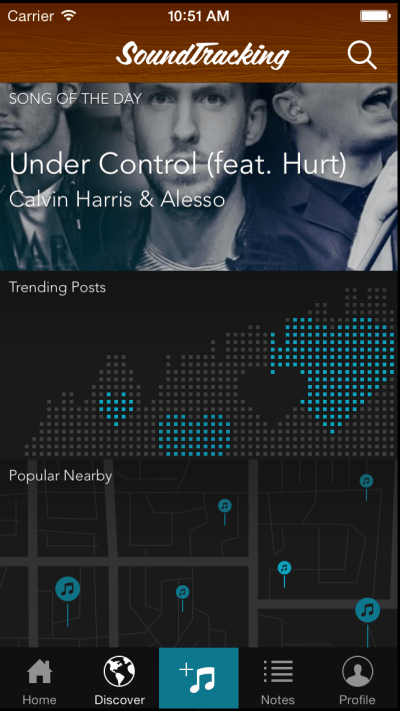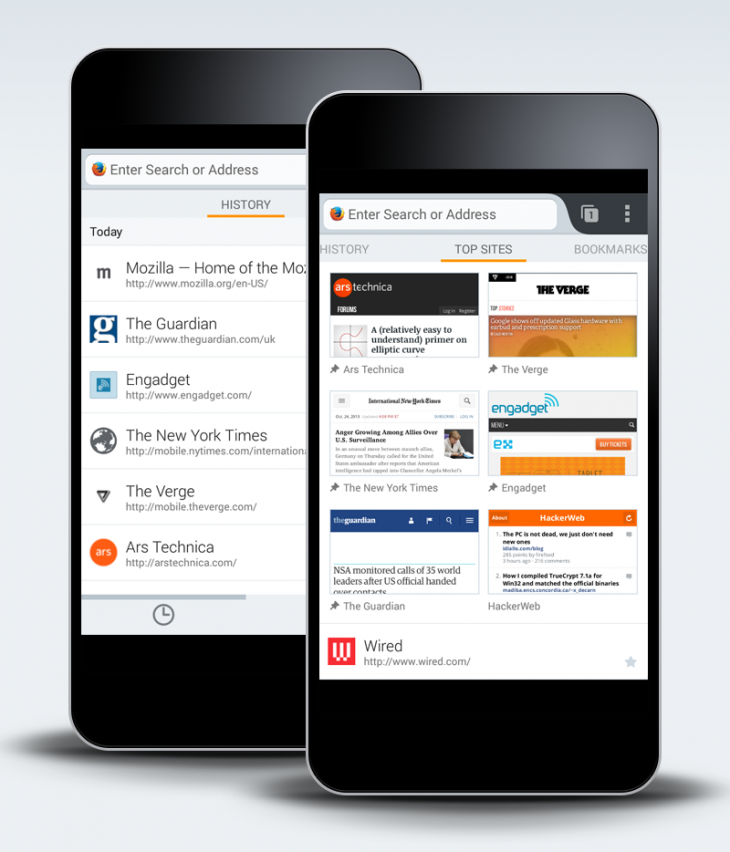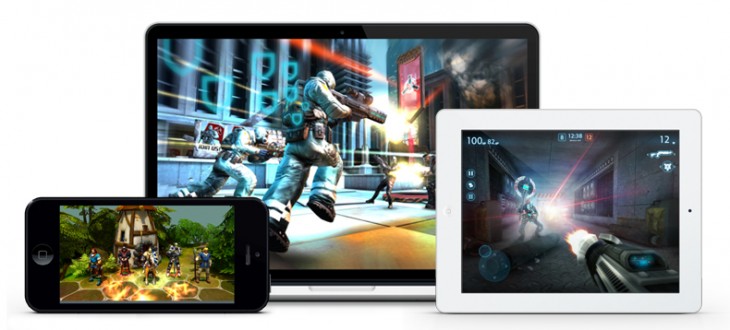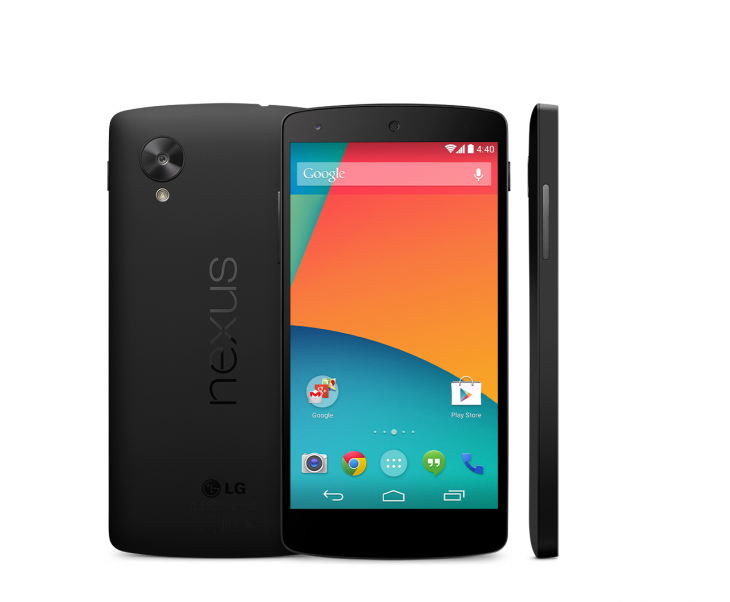$40 payment from Apple and discounted data benefit plan from AT&T under class action settlements
Click here or go to www.3Gdataplansettlement.com/claim to file your claim using
your Personal Claim Number
Your Personal Claim Number is
If you purchased more than one eligible iPad 3G, you will receive a separate e-mail with a separate Personal Claim Number for each iPad. You must submit a separate claim form for each iPad using the separate Personal Claim Number.
If you purchased or ordered an iPad with WiFi + 3G on or before June 7, 2010, you could be entitled to $40 from Apple, and other benefits from AT&T, under class action settlements
The Court authorized this notice. This is not a solicitation from a lawyer. You are not being sued.
This notice may affect your legal rights. Please read it carefully.
You may be entitled to a $40 payment from Apple, and other benefits from AT&T, under two settlements that have been reached in class action lawsuits titled In re Apple and AT&T iPad Unlimited Data Plan Litigation. The United States District Court for the Northern District of California authorized this notice. The Court will have a hearing to consider whether to approve the settlements so that the benefits may be provided.
WHO'S AFFECTED?
You're an "Apple Class Member" if you are a United States resident who purchased or ordered an iPad 3G in the United States on or before June 7, 2010. You're an "AT&T Subclass Member" if you also did not sign up for any AT&T data plan for that iPad at any time.
WHAT'S THIS CASE ABOUT?
The lawsuits claimed that iPad 3G purchasers were not provided with access to an "unlimited" data plan in the manner originally advertised by Apple and AT&T. Apple and AT&T deny all allegations and are entering into these settlements to avoid burdensome and costly litigation. The settlements are not an admission of wrongdoing.
WHAT CAN YOU GET FROM THE SETTLEMENTS?
Apple will provide a $40 payment to all Apple Class Members who submit a valid Claim Form. AT&T will provide a "Data Plan Benefit" to AT&T Subclass Members who did not sign up for an AT&T 3G data plan for their iPad at any time and who submit a valid Claim Form. The Data Plan Benefit provides an AT&T 5GB iPad data plan for $30/month for up to one year, which is a $20/month discount from the current monthly rate; if the monthly rate of the 5GB iPad data plan changes, a discount of $20/month will still be provided.
HOW DO YOU RECEIVE BENEFITS?
You must submit a valid Claim Form by February 3, 2014. The Claim Form will require you to affirm that the ability to switch in and out of the "unlimited" data plan was a factor in your decision to purchase an iPad 3G.
You can submit a Claim Form online by following this link and using the Personal Claim Number above. You may also request a Claim Form by calling 1-800-248-1504. You may submit claims for the Cash Benefit, the Data Plan Benefit, or both. Only eligible persons will receive benefits.
IMPORTANT DEADLINES:
You must submit your Claim Form on or before February 3, 2014, or you will lose your right to obtain these benefits. If you wish to receive a reminder notice before the deadline, click here or go to www.3Gdataplansettlement.com/Subscribe.
WHAT ARE YOUR OTHER OPTIONS?
If you don't want to make a claim and you don't want to be legally bound by the settlement with Apple, the settlement with AT&T, or both settlements, you must send a written request postmarked no later than December 20, 2013. If you don't timely exclude yourself, you will not be able to sue, or continue to sue, the defendant in that settlement about the legal claims in this case and will be bound by any judgment. If you exclude yourself, you will not be eligible to receive benefits under that settlement.
If you do not exclude yourself, you may object to one or both of the settlements or Class Counsel's fee application. Objections must be received by December 20, 2013. The detailed notice (available by calling 1800-248-1504 or going to www.3Gdataplansettlement.com describes how to exclude yourself or object. The Court will hold a hearing in this case (In re Apple and AT&T iPad Unlimited Data Plan Litigation, Case No. 5:10-02553-RMW) on February 7, 2014 at 9:00 a.m. to consider whether to approve (1) the settlements; (2) attorneys' fees and expenses for Class Counsel of up to $1,750,000; and (3) service awards of up to $1,000 for each of the five class representatives who represented the class in this case. You may appear at the hearing, but you don't have to. To obtain a detailed notice and Claim Form, or to review Class Counsel's fee application once it is filed, go to www.3Gdataplansettlement.com or call toll free 1-800-248-1504.
WHO REPRESENTS YOU?
The Court has appointed Class Counsel to represent the Class. The law firms appointed as Class Counsel are listed in the detailed notice, available by calling 1-800-248-1504 or at www.3Gdataplansettlement.com. You may hire your own attorney, but you will have to pay that attorney.
For more information, visit www.3Gdataplansettlement.com or call 1-800-248-1504.
 Japanese telecommunications company SoftBank should be pretty happy with Apple today. The company has grabbed 40 percent of the market for Apple's newest phones according to its end of quarter statement as reported by AppleInsider.
Japanese telecommunications company SoftBank should be pretty happy with Apple today. The company has grabbed 40 percent of the market for Apple's newest phones according to its end of quarter statement as reported by AppleInsider.

















 If there's one thing Apple is not in need of, it's cash in its bank account. It's hardly a secret Apple is a moneymaking machine, enjoying margins that other hardware manufacturers can only dream of.
If there's one thing Apple is not in need of, it's cash in its bank account. It's hardly a secret Apple is a moneymaking machine, enjoying margins that other hardware manufacturers can only dream of.

 It's the TUAW Daily Update, your source for Apple news in a convenient audio format. You'll get all the top Apple stories of the day in three to five minutes for a quick review of what's happening in the Apple world.
It's the TUAW Daily Update, your source for Apple news in a convenient audio format. You'll get all the top Apple stories of the day in three to five minutes for a quick review of what's happening in the Apple world.




 When I travel I bring a laptop, my iPad and my iPhone. Every device has a charger that needs to be plugged in somewhere. You can buy the Apple
When I travel I bring a laptop, my iPad and my iPhone. Every device has a charger that needs to be plugged in somewhere. You can buy the Apple 






